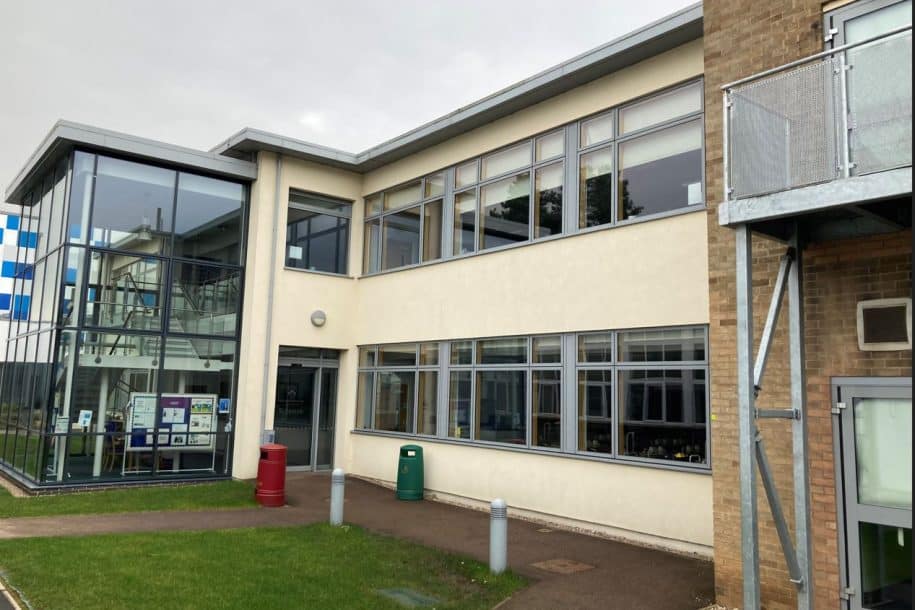The history of Science at LHS
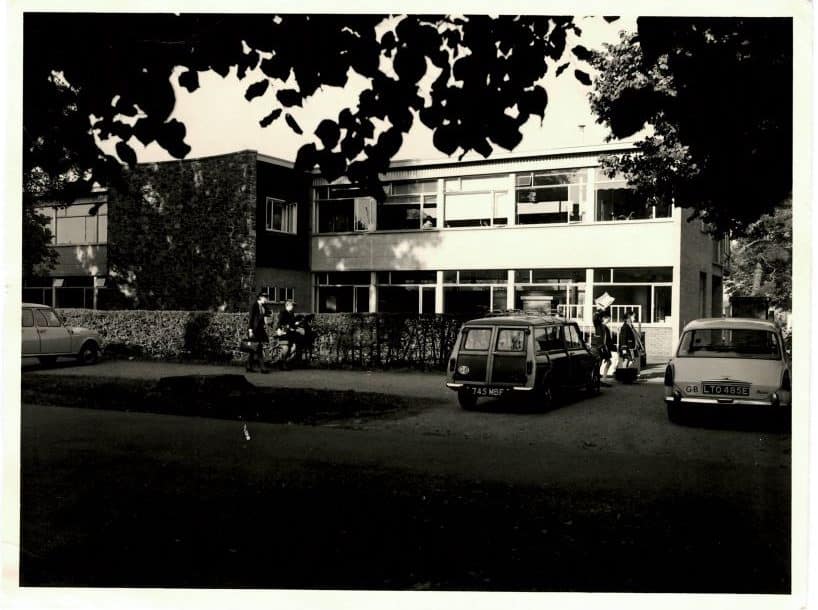
When the school first opened in 1850, similarly to Greek and Latin, Science was another subject that was seen as only being appropriate for boys (with the exception of astronomy which was taught to the girls from the beginning). However, this changed by 1875 after a reorganisation of the Burton Charity, from whence the girls were taught Natural Science.
As shown from the 1897-1919 booklet, girls were taught natural sciences; natural science was the study of the physical world and it includes biology, chemistry and physics. However, it is likely that the girls would have concentrated more on biology over chemistry and physics as they were seen as less ladylike. 1907 brought changes again with building developments; along with the hall and domestic science room, new labs were built upstairs where food tech now resides. These two photographs show science lessons both of older and younger girls doing experiments in the 1910s and 1920s.
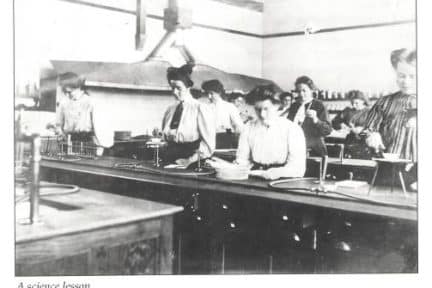
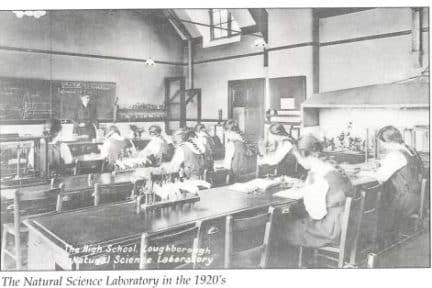
The school information books suggest changes between the 1930s and 1940s in the level of science that the girls were doing. The booklet from the 1930s shows the girls mostly doing Botany and Biology and only elementary Chemistry and Physics. By comparison, the booklet from Miss Andrews time (1940-62) shows the girls doing Biology, Chemistry, Physics and elementary science, suggesting they do them in equal measure. In the late 1930s, two new science labs were also built in the space behind the hall, where RS now resides.
Wartime also brought restrictions in science. The girls concentrated mainly on Biology and experiments were restricted due to lack of materials – although they did manage to do some experiments.
In the post-war period, there were some significant changes in science within the school. Immediately after the Second World War, the Science Department consisted of two science staff and two laboratories. However, career opportunities for girls were expanding, and many required Scientific qualifications creating the need for an increase in the department in the number of lessons, an extension in the range of syllabi, new staff and, crucially, new laboratories. In 1963/64, the new science block opened opposite the main school building with 4 labs and attendant facilities. Miss Andrews, headmistress from 1940-1962, noted the difficulty during the 1950s in finding teaching staff, particularly for maths and science. Prior to this point, all staff at LHS had been female, ergo suggesting how even though teaching was a suitable occupation for women, there still were not many studying sciences. Indeed, 1964 saw the introduction of the first male teacher to LHS, Mr Durham who taught maths and science, particularly physics. These photos show science lessons during the 1960s and 1970s.
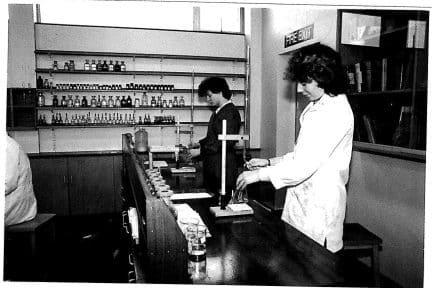
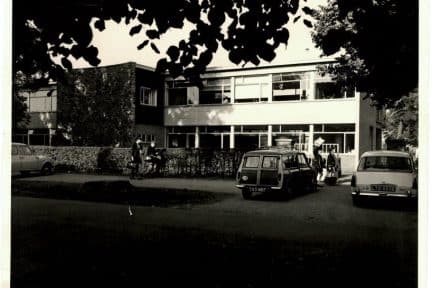
Nonetheless, this increase in demand continued, especially within the sixth form, meaning a new extension was also built and opened in 1980/81. The introduction of the National Curriculum in the 1980s, resulted in science becoming a core subject, with pupils having to study either Double Science which encompassed all three sciences on a less detailed basis, or study the three separate sciences up to GCSE level. In addition to this, girls were able to experience science outside the classroom with an increase in activities including trips, lectures and field courses, as there still is today.
